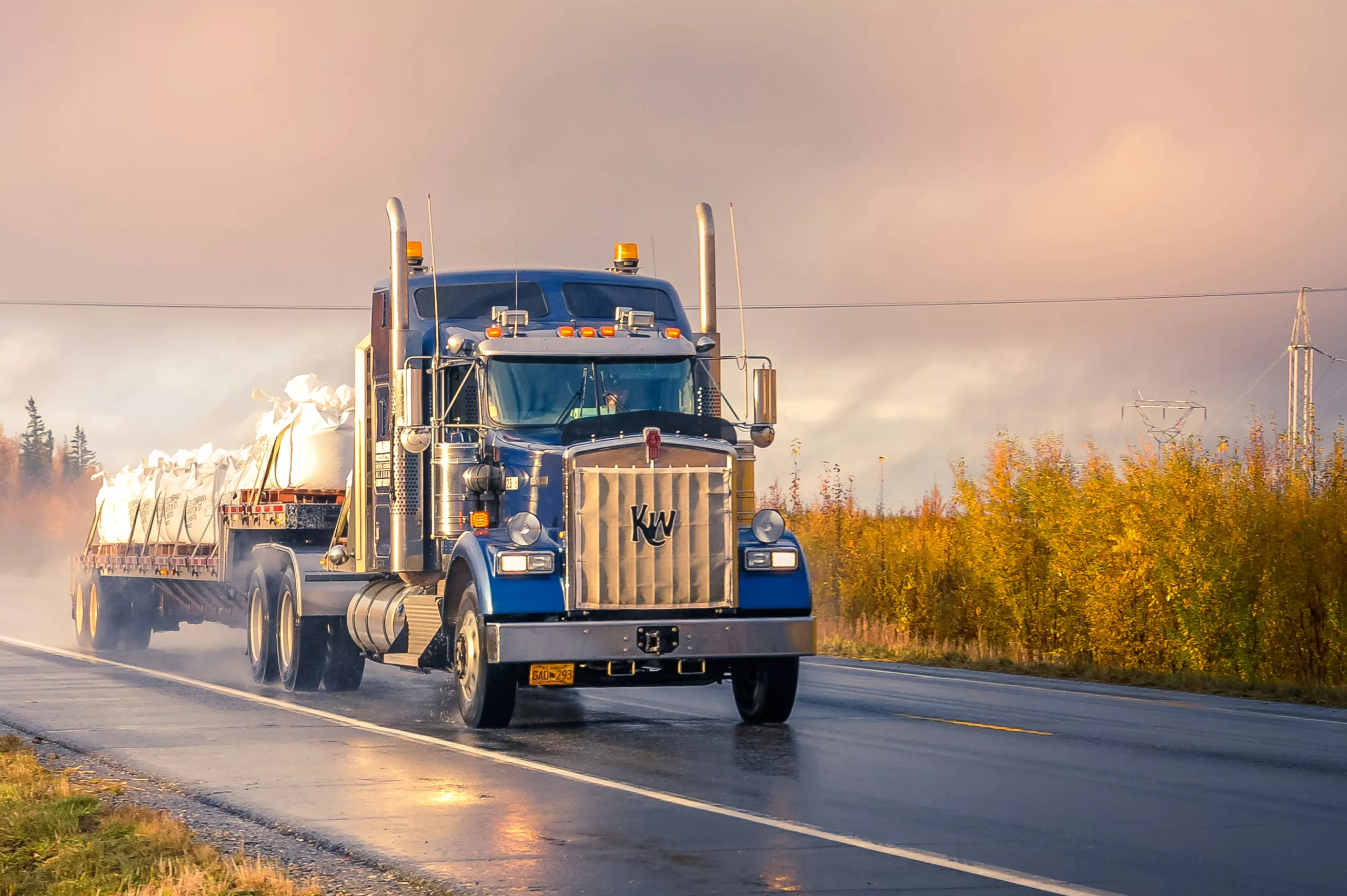The Impact of Heavy Duty Trucks on Emissions
Despite heavy duty trucks comprising a mere 5% of the total vehicles on American roads, they’re disproportionately responsible for a whopping 25% of vehicle emissions. This startling statistic illuminates a clear path for reducing our carbon footprint: increasing the number of electric trucks. Achieving this shift is pivotal to meeting the climate commitments made at the 2015 Paris Agreement and propelling the United States into a leadership role in global environmental efforts.
The Challenge of Electric Truck Charging
The capabilities of diesel and electric trucks currently vary significantly. Diesel semis have the upper hand with their immense fuel tank capacities, allowing them cross-continental range. On the other hand, their electric counterparts are more suited for shorter routes, maxing out at 200 to 300 miles. In light of this, the development of strategic charging stations is vital to overcome these range limitations and facilitate the transition to electric trucking.
Building an Electric Truck Charging Network
The impending strategy from the Biden administration to decarbonize trucks will prioritize the establishment of robust charging infrastructure. Strategic placement of high-power charging hubs is the crux of this plan, with suggestions to focus them around bustling freight areas rather than along every highway. Such a targeted approach has the potential to ease compliance with upcoming environmental regulations for truck manufacturers and freight companies alike.
A United Governmental Front on Truck Electrification
Embracing an “all-of-government” ethos, various federal agencies are collaborating to streamline investment and accelerate the deployment of zero-emission truck routes. This harmonized effort mirrors the desires of the trucking industry for focused infrastructure development in specific, high-return areas. These sentiments are echoed by both industry experts and environmental advocates, who propose a phased, strategic infrastructure rollout that maximizes impact without overextending resources.
The Economics of Electrification
Questions linger around the funding mechanisms for this vast infrastructure endeavor, especially in light of the Biden administration’s recent announcements. While the Bipartisan Infrastructure Law sets aside billions for EV charging, only a portion of this funding is directly allocated to heavy-duty freight corridors, underscoring the need for a clear financial pathway to support this ambitious transition.
Securing Power for the Electric Truck Future
Another pressing concern is ensuring adequate electricity supply for these emerging charging hubs. Grid expansion can be a lengthy process, requiring close coordination with utility companies. Initial steps like designating National EV Freight Corridors are already advantageous, offering a blueprint for where investments should concentrate for the most significant benefit.
Conclusion: A Comprehensive and Strategic Plan is Key
While the focus is on electric charging stations, there’s also discussion around including hydrogen refueling stations. However, the environmental and economic viability of hydrogen as an alternative fuel, especially when compared to purely electric options, remains a contentious issue. The path forward may necessitate a selective approach that emphasizes electric charging over hydrogen investment, to stay in tune with cleaner energy objectives.
Costly, complex, and faced with competing interests, the journey to an electric trucking future is laden with challenges. But with the Biden administration’s 15-year plan now in place, it ignites hope for a greener, more efficient freight industry. As innovation continues, it’s entirely possible that looking back in years to come, today’s concerns will seem like distant memories in the wake of a cleaner, electrified transportation landscape.
